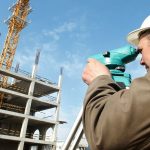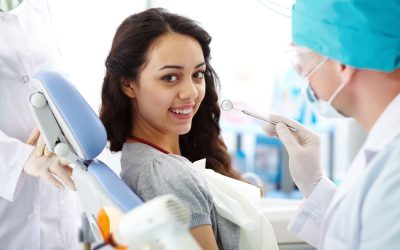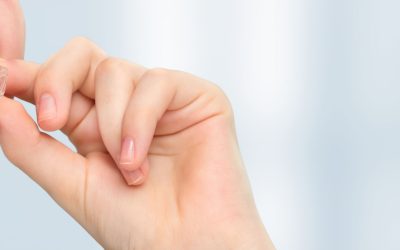Not too long ago the use of lasers in everyday applications was considered the realm of pure science-fiction. Today, though, lasers are used in an extremely diverse array of fields, including dentistry. Laser Dentistry in Clinton CT helps to improve precision and produce high-quality results without damaging surrounding tissue, all without the mess and loud grinding sounds of traditional drills. This makes it perfect for patients who are anxious about visits to the dentist.
Currently, less than 10% of dentists across the country have lasers for soft-tissue use. That number is expected to increase as more offices catch on to how useful laser technology is in minimizing recovery time and pain for a wide variety of patients. Minimizing damage to surrounding tissue is only one of the benefits of Laser Dentistry in Clinton CT, though. Using lasers to perform dental work can prevent the need for stitches and anesthesia, minimize the possibility of bacterial infections, and minimize bleeding, which allows wounds to heal much faster.
Lasers can be used in many dental procedures, including a number of quite common ones. Low-intensity lasers can be used to detect cavities and prepare teeth for fillings. Since they are capable of killing bacteria in the cavities, they can even eliminate the need for traditional turbine dental drills in this procedure. Lasers can also be used to address tooth sensitivity through sealing the tubules at the base of the tooth whose over-activity causes sensitivities to hot and cold.
Soft-tissue lasers can be used to reshape gum tissue, which can improve appearance in patients with low gum lines, and expose healthier tooth structure to aid in the placement of dental crowns. Another use for soft-tissue lasers is the removal of soft tissue folds in patients who use conventional dentures.
Less common procedures include everything from removing benign tumors, minimizing the pain of cold sores, regenerating damaged nerves, whitening teeth, and treating everything from sleep apnea to temporomandibular joint disorders. Of course, each of these treatments requires the use of a different kind of laser. Patients who are curious about learning more about how laser dentistry is used locally can visit for more information.







